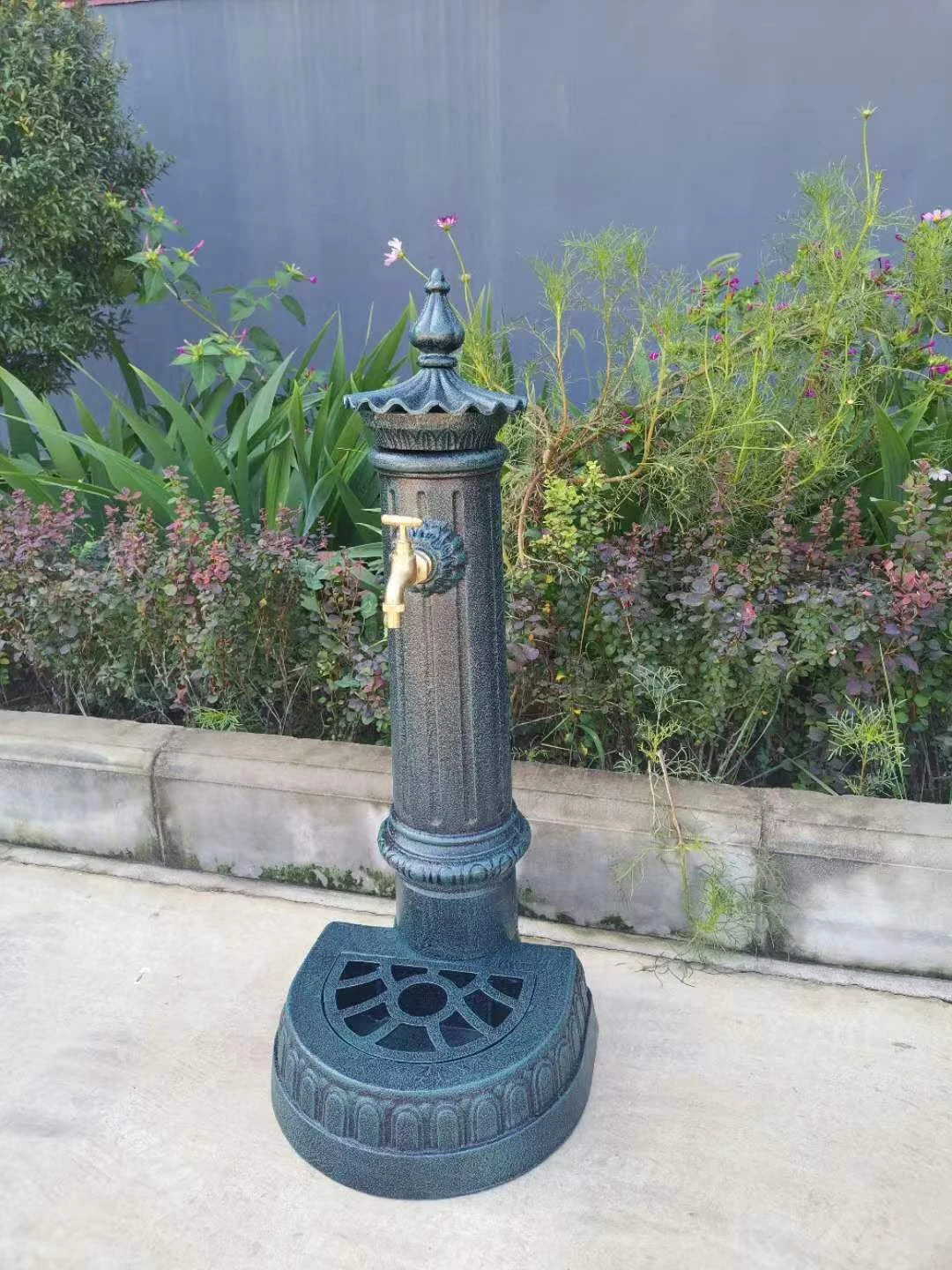Exploring Techniques and Materials for Iron Casting Patterns in Foundry Applications
Understanding Iron Casting Patterns Their Importance and Types
Iron casting is a fundamental process in the manufacturing industry that allows for the production of complex shapes and parts with high structural integrity. At the heart of this process lies one of the most critical components casting patterns. These patterns are replicas of the final product, serving as molds into which molten iron is poured to create the desired item. Understanding the different types of iron casting patterns and their significance can provide valuable insights into the casting process.
Casting patterns can be made from various materials, including wood, metal, plastic, or composite materials, each suited to specific applications based on durability and the desired precision of the final product. The selection of pattern materials often depends on factors such as production volume, cost, and the complexity of the part being produced.
There are several types of casting patterns, each with its unique characteristics
1. Solid Patterns This is the simplest type of pattern, usually a single piece that is shaped to form the entire part. Solid patterns are straightforward to create but can be limited in their applicability for complex shapes.
2. Split Patterns Made up of two or more pieces, split patterns help in creating more intricate designs. They allow for easier removal from the sand mold, reducing the risk of damaging the mold or the pattern itself.
iron casting patterns

3. Core Patterns These patterns include additional sections called cores that create internal cavities within the casting. This type is essential when producing parts that require hollow spaces or intricate internal designs.
4. Match Plates A more advanced type, match plates consist of a pattern mounted on a plate, allowing both halves of the mold to be created simultaneously. This method enhances efficiency, particularly in high-volume production, as it ensures uniformity and precision.
5. Flexible Patterns Made from materials that can be bent or manipulated, flexible patterns are useful for parts with highly detailed surfaces. These patterns can adapt to varied shapes and profiles, making them versatile for various designs.
The importance of casting patterns cannot be overstated. They play a crucial role in replicating the geometry of the desired part, thus ensuring the consistency and quality of the final product. A well-designed pattern can significantly reduce scrap rates and improve overall production efficiency. Moreover, they help in controlling the dimensional accuracy of the casting and influence factors such as surface finish and mechanical properties.
In conclusion, casting patterns are indispensable in the iron casting process. Their various forms cater to different production needs and complexities, ensuring manufacturers can produce high-quality castings reliably. As technology advances, innovations in pattern materials and designs continue to enhance the efficiency and capabilities of iron casting, paving the way for more intricate and demanding applications in industries ranging from automotive to aerospace. Understanding the fundamentals of casting patterns is thus essential for anyone involved in manufacturing or design engineering.
-
Wrought Iron Components: Timeless Elegance and Structural StrengthNewsJul.28,2025
-
Window Hardware Essentials: Rollers, Handles, and Locking SolutionsNewsJul.28,2025
-
Small Agricultural Processing Machines: Corn Threshers, Cassava Chippers, Grain Peelers & Chaff CuttersNewsJul.28,2025
-
Sliding Rollers: Smooth, Silent, and Built to LastNewsJul.28,2025
-
Cast Iron Stoves: Timeless Heating with Modern EfficiencyNewsJul.28,2025
-
Cast Iron Pipe and Fitting: Durable, Fire-Resistant Solutions for Plumbing and DrainageNewsJul.28,2025
-
 Wrought Iron Components: Timeless Elegance and Structural StrengthJul-28-2025Wrought Iron Components: Timeless Elegance and Structural Strength
Wrought Iron Components: Timeless Elegance and Structural StrengthJul-28-2025Wrought Iron Components: Timeless Elegance and Structural Strength -
 Window Hardware Essentials: Rollers, Handles, and Locking SolutionsJul-28-2025Window Hardware Essentials: Rollers, Handles, and Locking Solutions
Window Hardware Essentials: Rollers, Handles, and Locking SolutionsJul-28-2025Window Hardware Essentials: Rollers, Handles, and Locking Solutions -
 Small Agricultural Processing Machines: Corn Threshers, Cassava Chippers, Grain Peelers & Chaff CuttersJul-28-2025Small Agricultural Processing Machines: Corn Threshers, Cassava Chippers, Grain Peelers & Chaff Cutters
Small Agricultural Processing Machines: Corn Threshers, Cassava Chippers, Grain Peelers & Chaff CuttersJul-28-2025Small Agricultural Processing Machines: Corn Threshers, Cassava Chippers, Grain Peelers & Chaff Cutters












